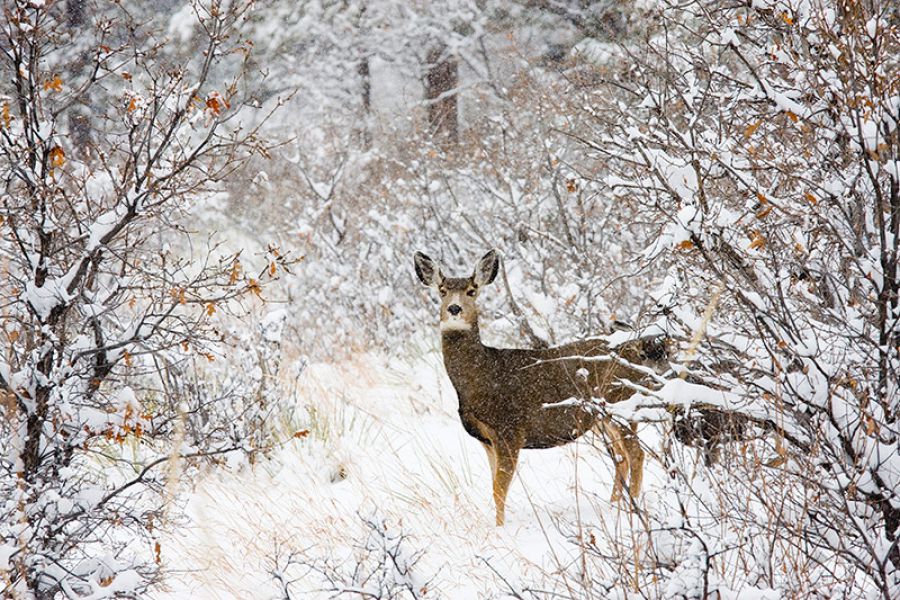Winter photography can be quiet challenging and in extreme situations, you can actually damage your camera equipment or even yourself if you aren’t properly prepared. But after all this, it is one of the most admirable photography if it is done by following a proper set of rules and guidelines. Winter Season undoubtedly presents a large number of opportunities for photography, like capturing landscapes which are fully covered with snow or capturing a half-frozen sea. This blog will be divided into two sections of winter photography whereby tips will be given regarding two aspects.
In the first blog by fashion photographers Mumbai, you will be made acknowledged about the techniques of how to click photographs in winter. In the second blog, you will be made aware of how to keep you and your camera safe in these harsh climatic conditions.
Here are some tips for winter and snow photography
- Overexpose your Photograph. This is because the snow-covered landscapes will influence and overpower your photograph’s exposure. Therefore, you completely can’t rely upon the auto mode of your camera’s meter that will set the exposure. So, prefer to do it manually. If not done so, it may lead to disappointing and not so appealing results because of the white ambiance in the whole scene which will lead to an underexposed photograph.
When capturing a scene covered with the scene you can go for following exposures:
On an overcast day or in shade you may overexpose your photograph by +1.
This will be basically your exposure value (EV).
In bright sunlight, you may do it to +2 EV. After +2 EV, you need to be cautious as the details of the scene will be lost; causing a decline in the quality of the photograph. It’s a good concept of setting “Exposure Warning” in your camera’s functioning so as to acknowledge yourself about the overexposed areas.

- Different Situations demand Different Shutter Speeds. Fast shutter speeds will stop at any motion and capture it, whereas slow shutter will often result in a blurred version of happening motion. So, the speed of the falling snow will decide your shutter speed. Through the help of slow shutter speed, snowflakes will appear as white long streaks, whereas with a fast shutter speed the falling snow will appear as mere white dots hanging in the air. When there’s a calm and slow snowfall, you may require a speed of 1/125 second to freeze the moment whereas, during blizzard situations, the speed of 1/350 second will be appropriate.
- Focussing on the subject in these weather conditions (foggy day, snow shower and so on) might be difficult because the lens won’t be able to find an appropriate contrast. This might mislead the autofocus. There are situations when the lens will only focus on the falling snow, which will undoubtedly underexpose the main subject, therefore, leaving the subject soft or sometimes, completely out of focus.
In such situations, it’s best to switch from auto to manual focus. While using manual focus, hold the shutter button halfway. This will allow you to have your focus on the main subject and once it has been obtained, you’re good to go. Don’t forget to get back to autofocus when you’re done.

- Use Polarizer as it is a great tool for darkening the blue sky, adding saturation to the overall scene’s colors and adding quality definition to the clouds.
Graduated neutral density filters can be put into use when there is a requirement to balance the variations in exposure. It might be in the different parts of a scene such as a foreground, background, subject and the sky.
Another filter is the warming filter which can be used to neutralize the snow’s bluish hue with its yellowish color. - Wildlife Winter Photography can be really tough. They are already facing a tough time to protect themselves and live in those harsh and critical situations. So, a photographer must use his analytical power and follow ethical practices to avoid causing any harm to wildlife. By analytics, I mean to recognize every possible sign which portrays that an animal is uncomfortable or stressed and is not appreciating your act.
To avoid such situations, you may use a telephoto lens which will help you to maintain a good distance between you and the animal. This will make the animal completely unaware of any of your acts.




